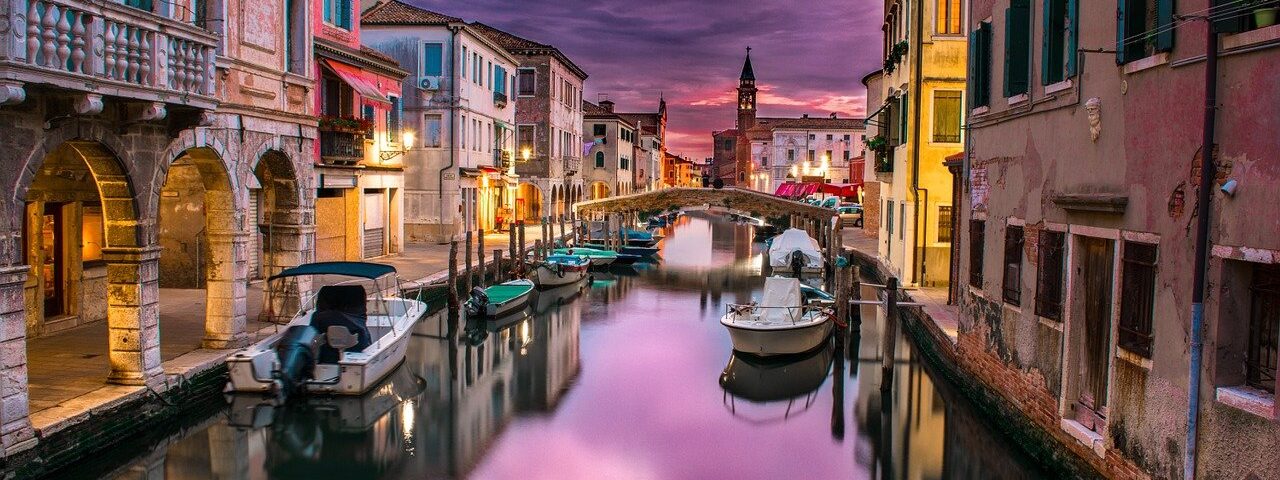Are you a travel photographer? Do you own a travel blog and require high-quality travel photographs? Then you are well aware of the hard work that a person has to put in to bring the best out of their clicks. Its means this article of Editing Tips For Travel Photographers will be very helpful to you.
Knowing the right editing software and the correct use of editing tools can go a long way to reduce the required time and effort to create professional-quality photographs.
Travel photography is quite different from clicking portraits or wedding photographs because, at times, you have to do photography outdoors, on a mountain terrain may be, and in some cases, you might have to take shots in the dark. So it becomes tricky to get things right.
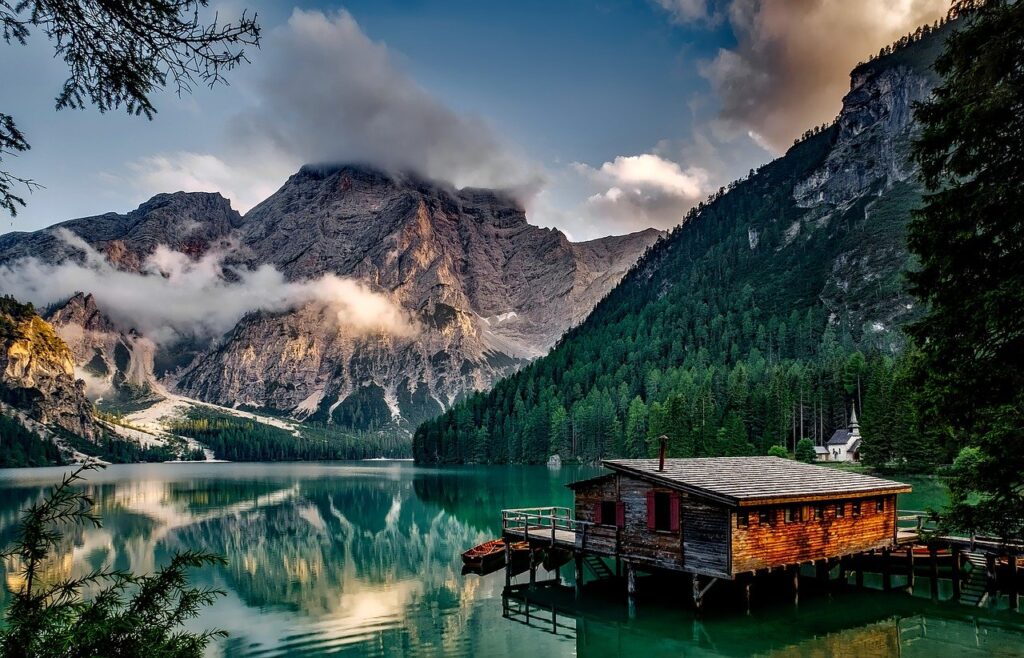
Here are some editing tips for travel photographers:
Some editing techniques
Knowing the correct type of editing techniques can go a long way to pump up your photographs.
Graduated filtering
This is an essential tool that can change the exposure in one or two opposite corners of the image. It can add more depth to a photo, draw the eye to the focal point of the image, and get rid of the uneasy feeling that something is missing.
Colour grading
Colour grading is crucial and effective and is done using the HSL tool. This tool can be used to showcase your creativity and personal style of work.
Think about the travel photos you like seeing try to spot the colors that the photographer has enhanced and the ones they have de-saturated. Pick two or three closely related colors and improve them instead of applying grading to the entire picture and pull off the focus from other points. This technique is helpful for creating a tangible impact.
Hue- You can change the shade of a certain color using this. You can try turning blue color slightly turquoise; it will enhance the image.
Saturation- It can increase or decrease the impact of color in the image. De-saturating the color yellow and green is quite trendy.
Luminance: It can lighten or darken a selected color. Many travel photographers de-saturate the orange color to tan the skin color of the people who cannot naturally achieve such a tone.

Radial filtering
It is a straightforward technique and can be applied by anyone.
To mimic a strong light source, you can Invert the mask then turn up the exposure and highlights of a radial.
It is very subtle and can instantly create an appeal to your travel photos. Avoid using it in every travel photo; instead, you can use a high feathering to make the light look more natural.
You can also purchase light flare overlays to use in Adobe Photoshop; It can add a lot of impact to the photos.
Brush Adjustments
This is a travel photo editing technique that can be used for correcting color or exposure imperfections. It can also be used for highlighting or pulling focus away from certain parts of the image.
Use the brush on that part of the photograph where you want to make changes, draw on it then use the sliders as per your requirement.
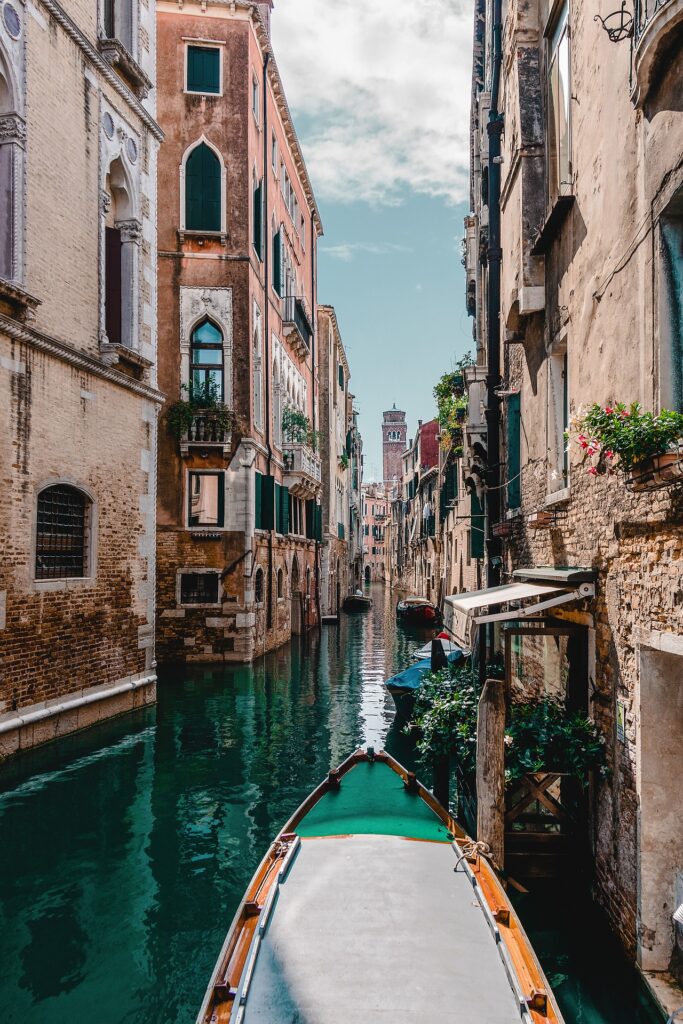
Spot removal
The spot removal tool can remove unwanted objects from the photograph, for example, people or electricity poles.
You would have to select an area of your image to remove, and then you have to replace that area with either a cloned selection from another part of the same image or heal it using the software.
You must pay attention to how much feathering you are applying, and make sure to account for patterns like the lines of paving. This travel photo editing technique is convenient for cleaning up the spots created by dirt that may have somehow appeared on your lens.
Composites (PS)
This is a travel photo editing technique that takes a lot of skills, but with practice, you’ll easily perform it. Here you have to cut and paste parts of one photo into another. It is beneficial for creating artistic or abstract photographs.
Tone curve
The tone curve looks complicated at first glance but, in reality, is very easy to use and comes in very handy to create your own travel photo style. A few tweaks can cause a huge difference and give your photos a professional appeal.
It is often neglected by amateurs because it looks complicated than it really is. It takes time to figure out your style, and you would require playing with some marking points along the curve then shift it subtly to get the perfect outcome.
It can also be used to get that classic matte and almost faded look that professionals use. They are done using the ‘crushing the blacks’ technique, mark a point near the bottom left of the tone curve, pick up the very end of the line and drag it upwards along the Y-axis exactly where it meets the left-hand corner.
Choosing the right software
You must choose the correct software according to your needs and the level of your editing competence. For example, you shouldn’t just start using Lightroom if you have no idea about how it works or do not have the time to learn it.
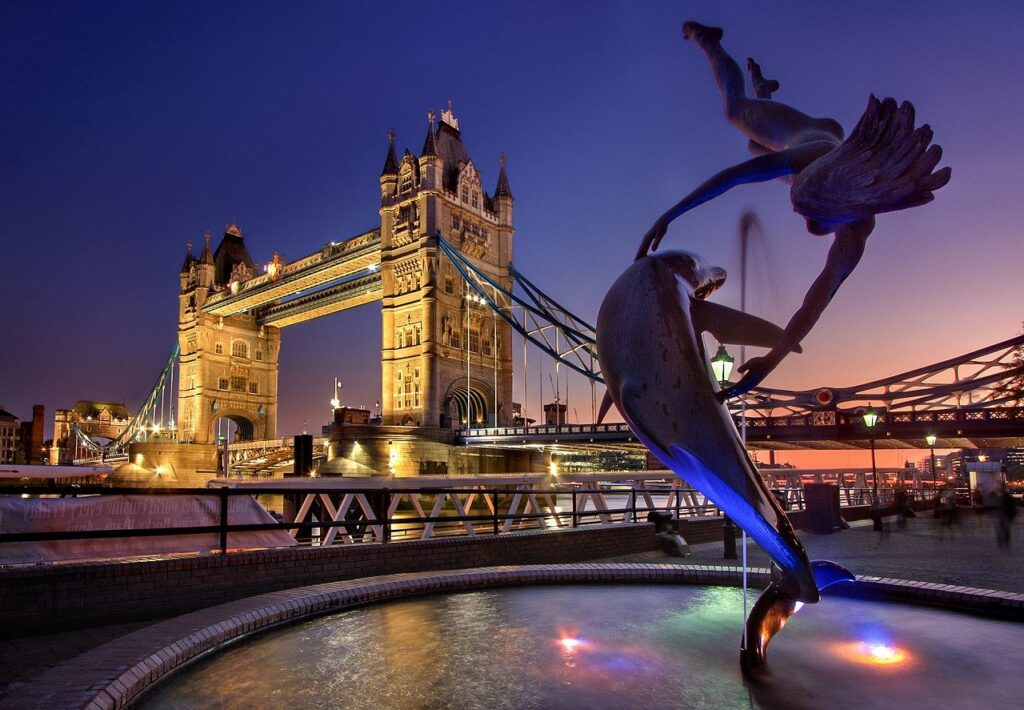
Some editing software for travel photography are:
Adobe Lightroom
This is among the most powerful editing tools, but it can be used to its utmost potential only by professionals or the ones who properly know its usage. It is the best editing tool for professionals.
It has a desktop as well as a mobile version available. You can download your own presets on both kinds of devices and get almost similar editing results in many cases.
Adobe Lightroom has numerous advanced photo editing tools like curves, gradients, and almost everything to give your photograph a professional touch. But Lightroom is not free software, and you need to pay for it.
Adobe Photoshop
The most beloved photo editing software that all professionals try using. Adobe Photoshop is the most powerful editing software out there in the market right now.
You can perform almost any operation you want using this software, be it simply editing the light exposure to creating layers to create amazing traveling photographs. You will also find a mobile version of Photoshop, but it is not as powerful as the desktop version.
The only drawback is, this software is not fit for beginners, you will require a certain level of expertise to work on it, and the software is not free.
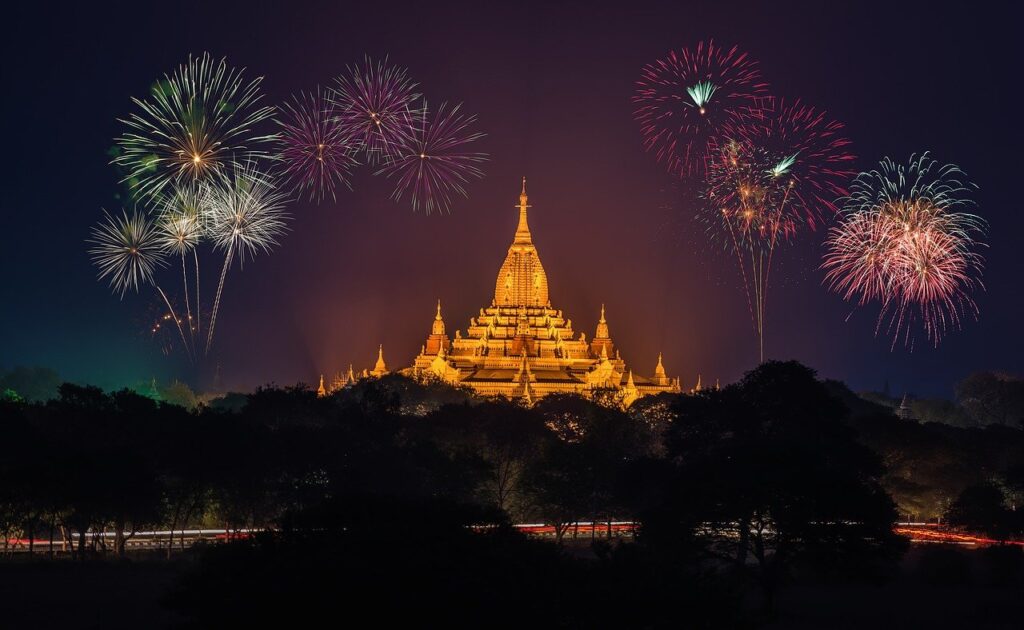
Canon Digital Photo Professional (DPP)
This photo editor is free and offers plenty of powerful editing tools for RAW photos taken with a Canon camera. It can also be used to edit JPEG photos, but in that case, the features are limited.
The gamma adjustment and white balance feature works perfectly for outdoor shoots and can also bulk convert RAW images to JPEG.
The program comes with the Canon camera you bought. It can also be downloaded from the Canon website. Similar software is also available for Sony and Fujifilm cameras.
GIMP
GIMP is one of the best free photo editing software out there. It is powerful enough to use for tone mapping to lighten shadows. You can also use it to adjust color tones, lens distortion, or perspective issues.
It is free to download and works great for traveling pictures.
INSTASIZE
It is an app for a photo as well as video editing and is perfect for the ones who use their phones for photography. You can create amazing Instagram stories using it that are creative and one of a kind.
Over 130 filters are available; you can resize your images, add borders, retouch your photographs and make custom layouts.
New updates are constantly available, and new features are added to enhance the experience.
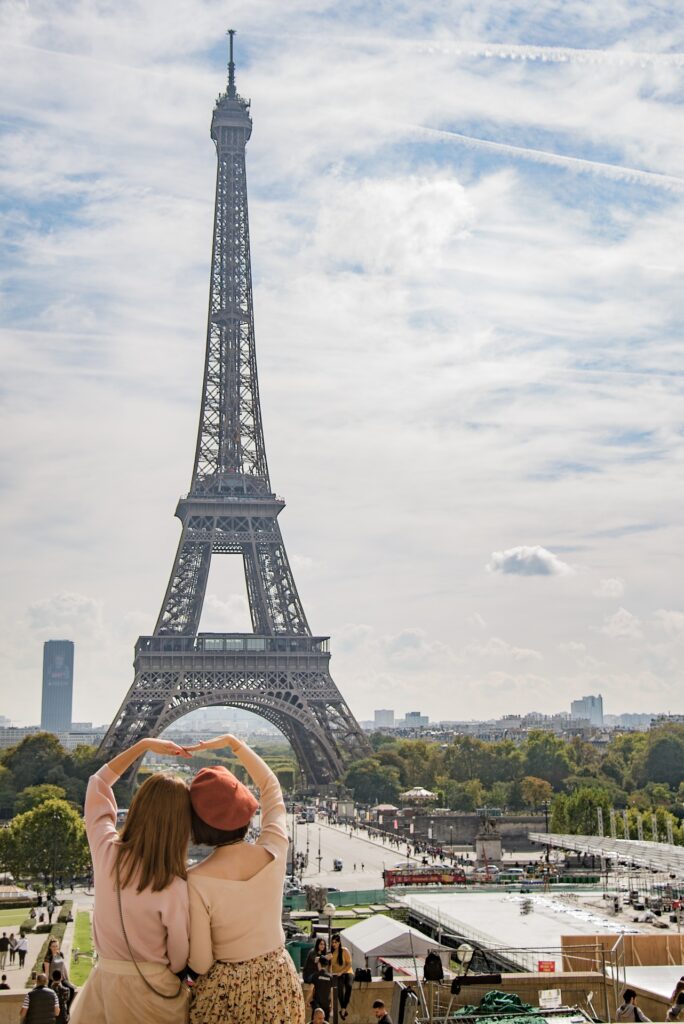
VSCO
This app is loved by amateurs as well as professional photographers because of its simple interface and on-trend filters and presets.
It is free but includes options to purchase limited-edition filters, so you can use them as per your travel destinations.
VSCO also has a community that supports artists, and you can submit your creation in their journal and discover new artists.
It is User-friendly and includes copy and paste preset for multiple images.

